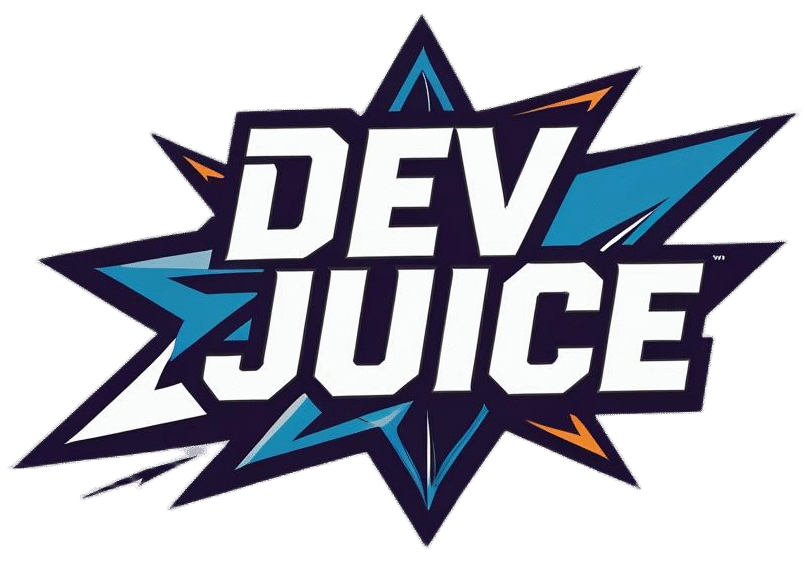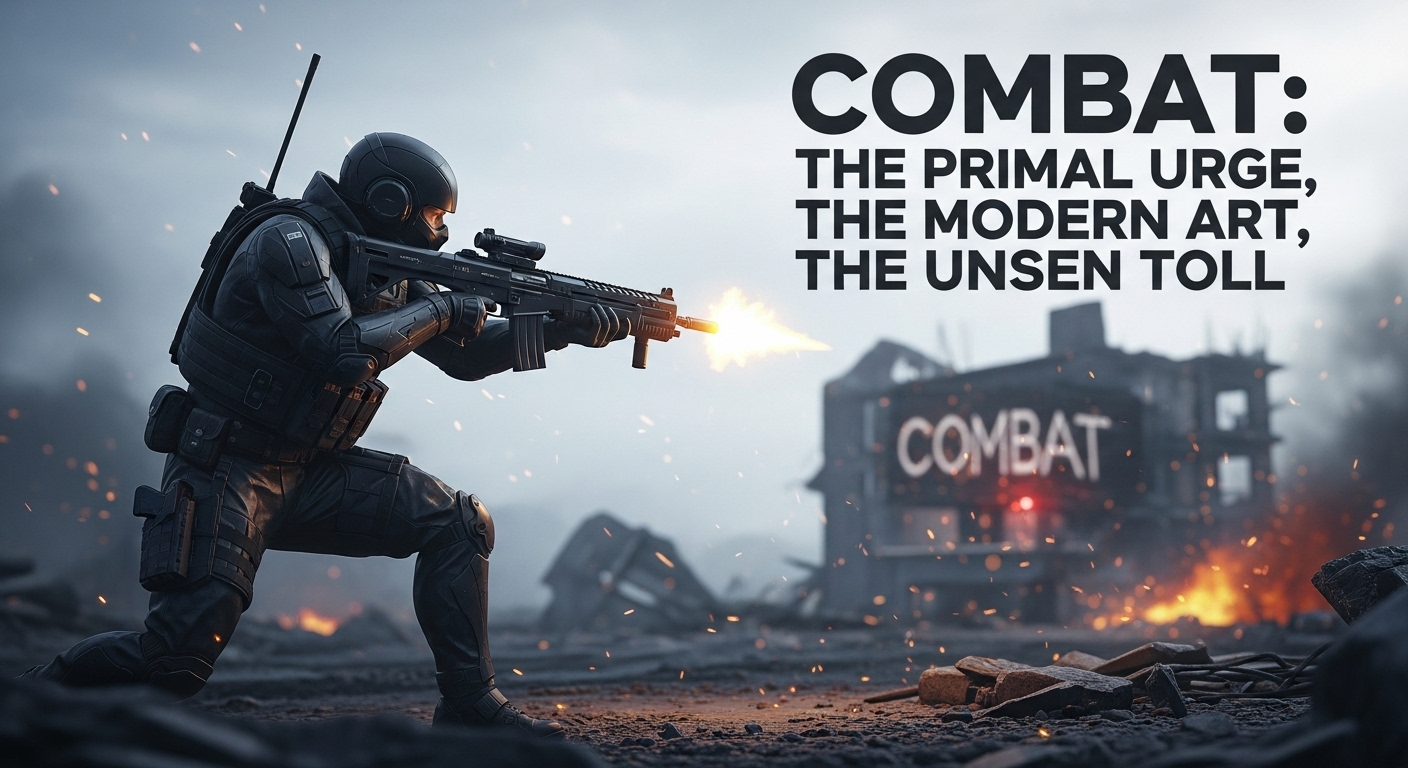“Combat” evokes a complex tapestry of images, from the primal clash of ancient warriors to the disciplined precision of combat sports, and the brutal reality of armed conflict. At its core, fighting is a physical confrontation, a struggle between opposing forces. While it provides thrilling spectacle in entertainment, its real-world manifestation carries profound and often devastating consequences, shaping geopolitical landscapes and individual lives.
The Duality of Combat: Controlled Spectacle vs. Uncontrolled Reality
The term “combat” carries a powerful duality depending on its context:
- In Entertainment & Sport (Simulated/Controlled Combat): This is where most people encounter combat. It encompasses carefully choreographed action in films, the strategic maneuvers in video games, or the formalized rules of martial arts competitions and combat sports. In this realm, combat is designed to:
- Thrill and Excite: The tension of confrontation, the display of skill, and the high stakes create compelling entertainment.
- Showcase Prowess: Highlight the physical, mental, or strategic abilities of characters or athletes.
- Advance Narrative: Drive plots forward, create character arcs, and resolve conflicts.
- Provide Catharsis: Allow audiences to experience conflict and its resolution in a safe, vicarious way.
- Examples: Mixed Martial Arts (MMA) events like the UFC, boxing matches, wrestling, traditional martial arts demonstrations, action films, and fighting video games.
- In Reality (Actual Combat): This refers to real-world armed conflict, self-defense situations, or law enforcement engagements. This type of fighting is characterized by:
- Extreme Danger: The constant threat of injury, severe harm, psychological trauma, and death.
- Unpredictability: Despite planning, real combat is chaotic and fluid, with unexpected variables and high stakes.
- Brutal Consequences: Physical injuries, long-term psychological scars (such as Post-Traumatic Stress Disorder – PTSD, depression, anxiety), loss of life, and widespread devastation to infrastructure and communities.
- Moral and Ethical Dilemmas: Combatants often face difficult choices with profound ethical implications under extreme pressure.
A Legacy of Conflict and Discipline: The Evolution of Fighting
The methods and nature of fighting have evolved alongside human technological and societal development:
- Ancient & Traditional Forms: From early human societies using primitive weapons like clubs and spears, to the development of highly formalized martial arts in ancient China (Kung Fu), Japan (Karate, Judo, Jujutsu), Korea (Taekwondo), and Thailand (Muay Thai). These forms often intertwined self-defense with philosophy, discipline, and spiritual development.
- Organized Warfare: As societies advanced, so did organized armies, fortifications, and sophisticated military tactics, leading to the large-scale battles of ancient and medieval eras.
- Modern Warfare: The 20th and 21st centuries have seen the rise of air power, armored vehicles, precision-guided munitions, sophisticated intelligence gathering, and the increasing use of technology.
- Cyber Combat: A relatively new frontier, cyber combat involves digital attacks against an adversary’s computer systems, networks, and infrastructure. It can disrupt critical services, steal information, and even influence elections, often without physical contact.
- Hybrid Warfare: A contemporary approach that blends conventional military operations with irregular warfare, cyber attacks, disinformation campaigns, and economic pressure.
Trends in Combat in 2025: From AI to Hyper-Realism
As of mid-2025, the world of combat – both real and simulated – is shaped by several key trends:
In Real-World Conflict:
- AI and Autonomous Systems: AI is no longer a buzzword but a crucial part of military operations. Advances in AI capabilities facilitate real-time data analysis, predictive maintenance, and increasingly, autonomous decision-making frameworks. Uncrewed aerial vehicles (UAVs) and ground vehicles are taking on high-risk missions, enhancing surveillance, reconnaissance, and even direct combat capabilities. The ethical implications of fully autonomous weapons are a significant global discussion.
- Robotics and Uncrewed Systems: The rise of military robotics and autonomous systems (RAS) is transforming how militaries engage in ground operations. Robots are increasingly taking over dangerous and repetitive tasks, enhancing soldier safety and mission success. Unmanned Surface Vessels (USVs) and Autonomous Underwater Vehicles (AUVs) are enhancing naval ISR and mine countermeasures.
- Cybersecurity Takes Center Stage: Unified cyber defense platforms, integrating threat detection, prevention, and response, are essential. Quantum encryption is being explored to secure sensitive communications against emerging quantum threats. Cyber attacks on critical infrastructure are a constant threat, often preceding or accompanying physical conflict.
- Directed Energy Weapons (DEWs): Militaries are actively deploying laser-based systems for air and missile defense, as well as for countering drones. DEWs offer cost-effective, highly accurate, and virtually endless “ammunition,” making them a cornerstone of future combat strategies.
- Hypersonic Weapons: These systems deliver unmatched speed and penetration capabilities, making traditional missile defense systems nearly obsolete. Several nations are expected to develop and deploy hypersonic missiles by 2025, creating a new arms race that prioritizes speed and accuracy.
- Transforming Personnel Training: AI-powered adaptive training systems tailor scenarios to individual skill levels. VR-enabled combat simulations offer realistic joint-force training environments, allowing personnel to train in highly immersive, risk-free settings.
In Entertainment and Sports:
- Hyper-Realistic Choreography: Action films and video games are pushing the boundaries of realism in combat. This involves a blend of practical stunts and cutting-edge CGI, with a focus on believable physics and character reactions. Franchises like John Wick continue to set the standard for intricate and impactful fight sequences.
- AI-Assisted Creativity: AI tools are increasingly used in pre-visualization, special effects, and even in choreographing complex combat sequences for film and game development, allowing for more ambitious and fluid action.
- Immersive Gaming Experiences: FPS and fighting games leverage advanced graphics, haptic feedback, and immersive audio to make combat feel more visceral than ever. VR fighting games offer truly unique first-person combat simulations.
- Diverse Martial Arts Integration: Combat sports like MMA continue to popularize a blend of striking and grappling disciplines, leading to hybrid training programs and a broader appreciation for various martial arts forms.
- Story-Driven Combat: While action-packed, many entertainment forms are also focusing on integrating combat sequences more deeply into character development and narrative progression, making the fights more meaningful.
The Psychology and Societal Impact
Fighting, whether in a controlled environment or a real-world scenario, has profound psychological implications. Participants in real combat face significant risks of PTSD, depression, and anxiety, impacting their long-term mental health and reintegration into civilian life. Even in training, the discipline required in martial arts can build mental toughness, resilience, and self-confidence.
Societally, fighting in sports provides a controlled outlet for aggression and a powerful spectacle of human achievement. It fosters communities, builds national pride during international competitions, and serves as a testament to the discipline and dedication of athletes. The narrative of overcoming adversity inherent in fighting resonates deeply across cultures.
While the simulated world of entertainment provides a safe space to explore the excitement and drama of conflict, it’s crucial to remember that real-world combat remains a grim and complex reality. Understanding both its allure in fiction and its devastating impact in life is essential for a comprehensive view of this enduring aspect of the human experience.

